Political meetings on moorland and fields, 1800-1848:
Radicals, Chartists and Owenite socialists held ‘camp meetings’ and ‘monster meetings’ on moors and fields outside the jurisdiction of towns.
These were celebrations of the freedom of the landscape, drawing from customary traditions of wakes rushbearing, Methodist camp meetings and fairs. Held outside the jurisdiction of borough magistrates, radicals were forced to meet in more remote sites.
The most common sites for ‘monster meetings’ were:
- Kersal Moor, Manchester
- Skircoat Moor, Halifax
- Peep Green/Hartshead Moor, Dewsbury/Huddersfield
- Carlisle Sands
- Hunslet Moor, Leeds
Almondbury Bank near Huddersfield; Crookes Moor, Castle Hill, Sky Edge and Attercliffe Common, Sheffield; Woodhouse Moor, Leeds; Bradford moor and further out, Wibsey Low Moor and Fairweather Green; May Day Green, Barnsley, and Preston moor and Chadwick’s Orchard, Preston.
The phenomenology and experience of mass meetings on moors was not uniform. Mass meetings to protest against the actions of the authorities at Peterloo were held on moors across the North in September and October 1819. While the radical Manchester Observer emphasised the solemnity of the processions and the orderliness of the meeting, the liberal Leeds Mercury and the conservative The Times gave the impression that it was difficult for the speakers to capture the crowd’s attention.
At Skircoat moor:
Parson Ellis, who is a Baptist minister, thrice called for silence, with the most stentorious lungs’, and despite his pleas, John Knight, when coming forward to propose the resolutions, ‘begged that the meeting would be as quiet as possible while the chairman should read them. The people still, however, continued to make a considerable noise, and there was much confusion about the hustings; when Mr Mitchell stood forward to second the resolutions, and reiterate the request for silence.[1]
[1] Leeds Mercury, 9 October 1819; The Times, 7 October 1819.
The fear of another Peterloo probably tinged the solemnity with nervous agitation, and false rumours spread among the crowd that the cavalry were on the approach, causing alarm and hundreds to flee across the fields, scattering shoes and bonnets in their wake.
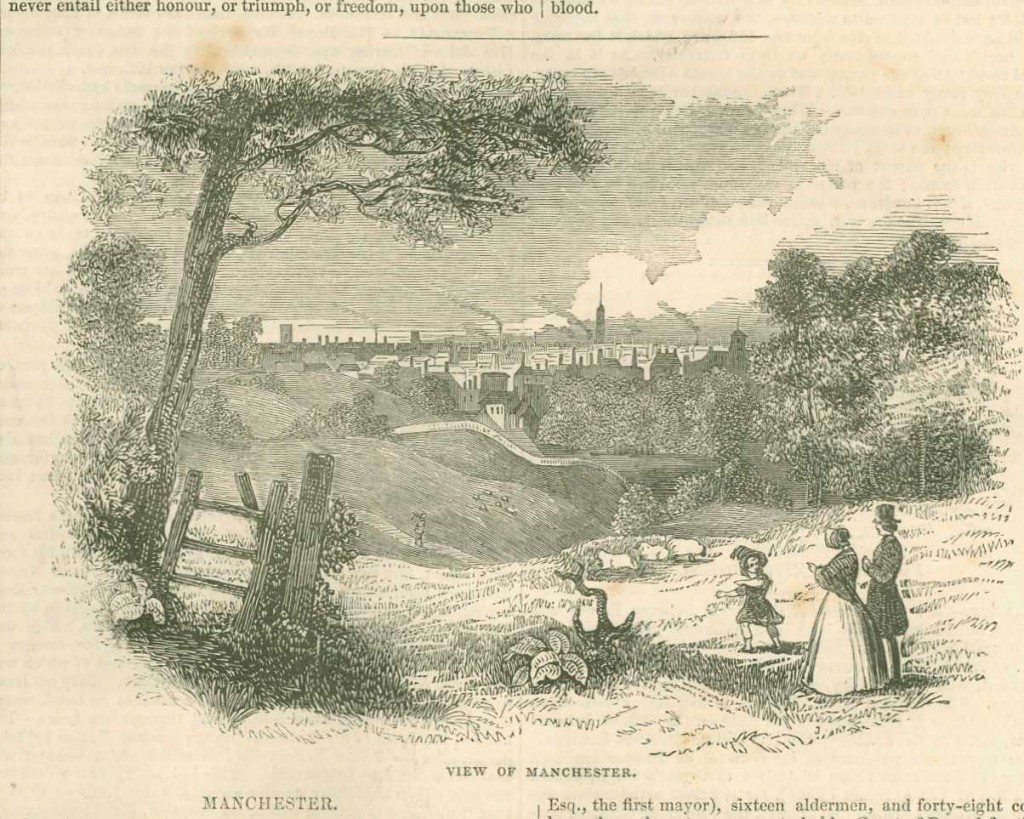
In October 1839, the Northern Star reported a ‘Sunday Chartist camp meeting at Loxley, a wild romantic village four miles from Sheffield. These politico-religious meetings are becoming very popular in Sheffield, and we understand that there will be one held tomorrow at Attercliffe’.[2]
Upon the moors, inhabitants could survey visually, aurally, and olfactorilly, the changes that urbanisation and industrialisation were effecting on the environment and landscape since their grandparents had experienced it fifty years previously. Landscape etchings depicted smoky chimneys in the distance from Kersal Moor and Skircoat Moor, encroaching closer upon the view as time went on.[3]
[2] Northern Star, 12 October 1839.
[3] Paul A. Pickering, Chartism and the Chartists, p.18.
Listen to me talk to Melvyn Bragg about Chartist meetings on Kersal Moor for BBC Radio 4: http://www.bbc.co.uk/programmes/b07syyrh
Blackstone Edge
When the Tour de France visited Yorkshire in July 2014, I went up Blackstone Edge (standing in the 400m triangle of Lancashire that the cyclists whizzed through). This was as close as I could get to experiencing thousands of people hiking up and meeting on top of the moor. There was an atmosphere of carnival akin to a camp meeting, though of course without the religion or the politics. You can read more about my trip on my blog.
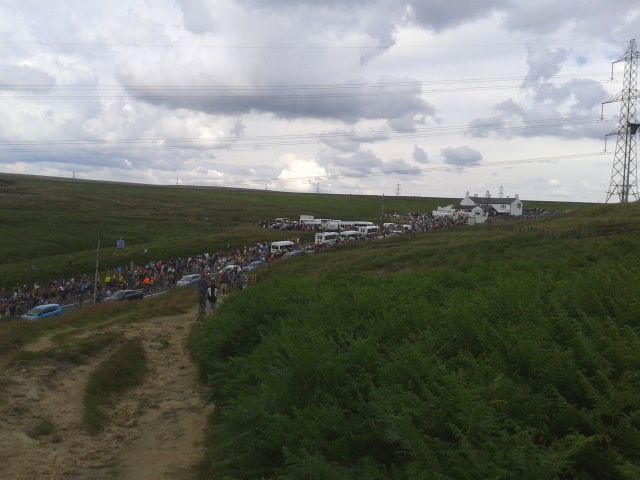

Days of the week on which political meetings on moors were held, 1800-1848
As more workers were employed in factories, they could no longer take the customary ‘Saint Monday’ off. And as local authorities restricted political meetings in town centres, radicals and trades had to hold their meetings further and further out of town. Inhabitants could no longer therefore nip out on their lunch break to attend a meeting; moorland meetings were all-day events, requiring a couple of hours’ hiking to get to the site and back. So increasingly, Chartists moved their meetings to Sundays.
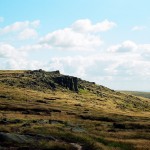
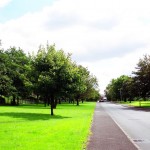
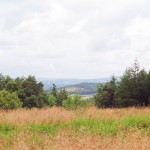
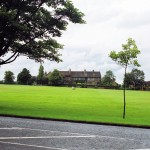
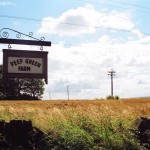
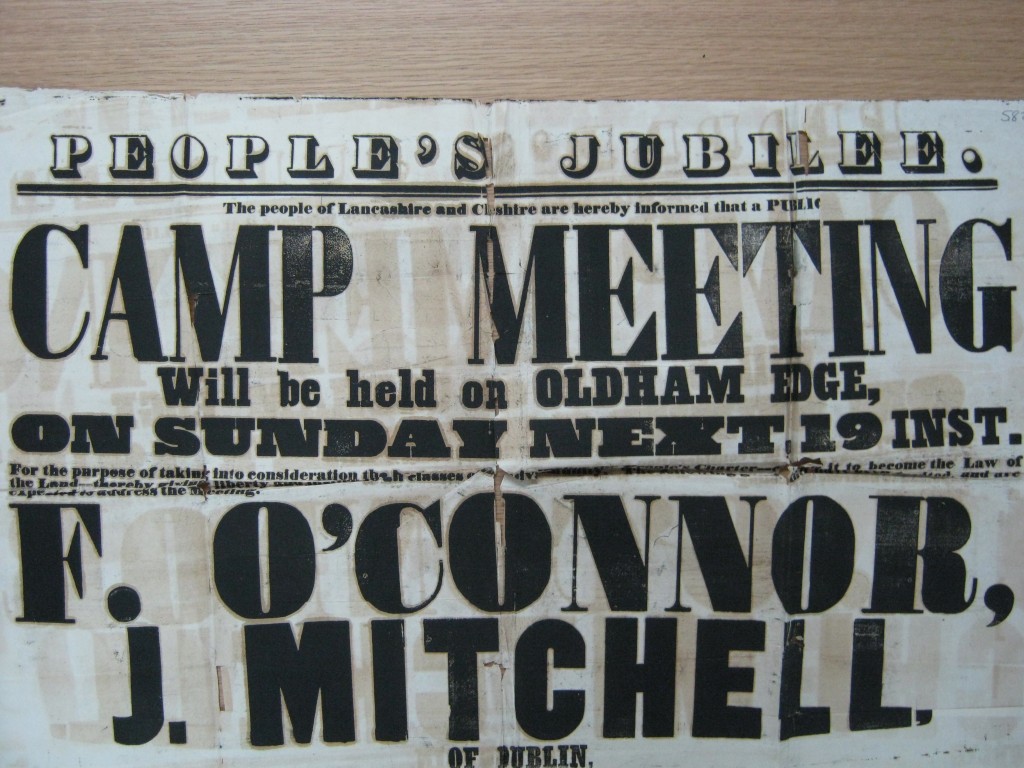

Protest and the Politics of Space and Place Extended by Katrina Navickas is licensed under a Creative Commons Attribution-NonCommercial-ShareAlike 4.0 International License.

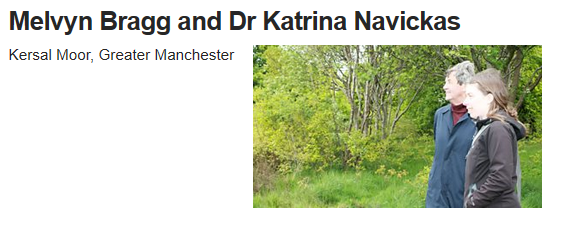
One thought on “6. moors”